It is easy to add depth to your flower garden by using plants with dark colored leaves.
Burgundy foliage creates a backdrop for the flowers growing around it and adds variety to a sea of green. Plants with dark maroon leaves not only take center stage when they are in bloom but continue to be interesting even when they are not blossoming. Dark colors mix well with silver-leaved and variegated foliage plants as well as with green. Black is a rare color in plants but many dark colors come close.
Dark Plants to Accent Garden
Repetition of colors throughout the garden creates unity in the landscape, but too much burgundy in one place will make a black hole that recedes into the shadows. Use dark-leaved plants as accents and spread them out in a flower bed or border garden instead of grouping them together.
List of Perennials With Dark Foliage
Some perennials with dark foliage that you may want to try include:
- Heuchera: This plant has changed a lot in the last few years, morphing from meek and mild Coral Bells to plants with daring foliage colors including bronze, gold, chartreuse, variegated silver and green, purples, maroons, and near blacks. Names like ‘Palace Purple’, ‘Licorice’, ‘Obsidian’, and ‘Plum Pudding’ accurately describe the extremely dark shades that have become popular heuchera colors. Their blossoms are small pale pink or white bells on tall spires. They grow well in full to part shade. Too much sun can cause them to change color, becoming more bronze or orange.
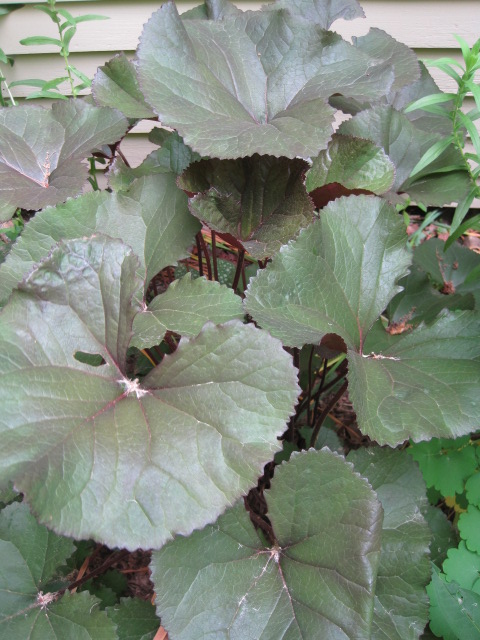
- Ligularia ‘Britt-Marie Crawford’ has big chocolatey maroon leaves and bears large, bright yellow daisy-like flowers midsummer to early fall. It grows to 3 feet tall, likes partial sun and consistent moisture.
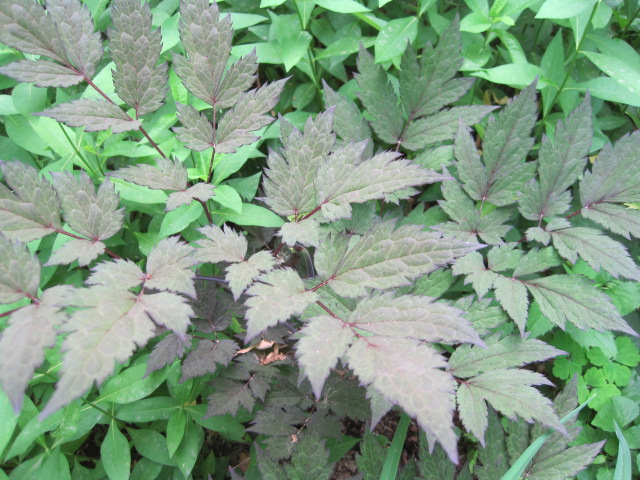
- Actaea is one of those plants that goes by many names. Once it was known as Cimicifuga, but most of us use its common names: snakeroot, bugbane, or black cohosh. ‘Hillside Beauty’ is an excellent dark-leaved cultivar that doesn’t fade over the summer. This is a great back of the border plant growing 2-3 feet tall and wide and bearing tall - sometimes 5-6 feet high - spires of deliciously fragrant, white bottlebrush flowers in late summer. They prefer moist soil and part shade.
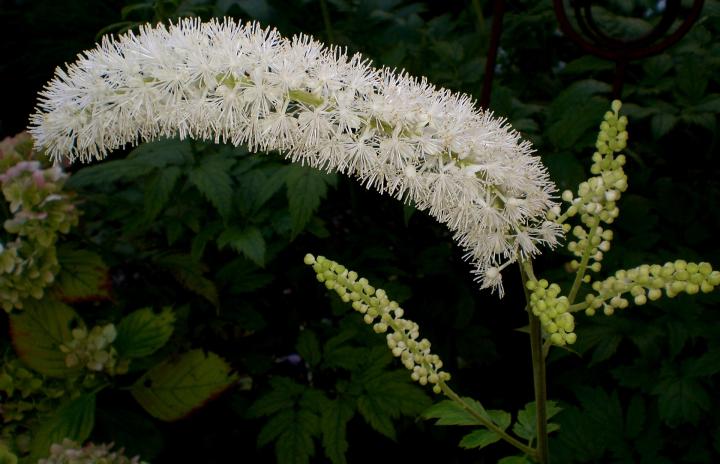
- Eupatorium ‘Chocolate’, also called boneset, is in the Joe Pye weed family. It has dark purple foliage, grows 4 feet tall, and in late summer it produces white flowers tinged with a touch of purple.
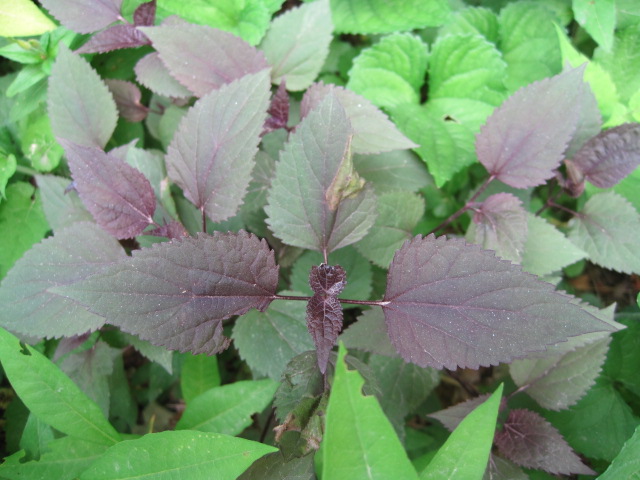
There are some hardy blooming shrubs with dark foliage to choose from also:
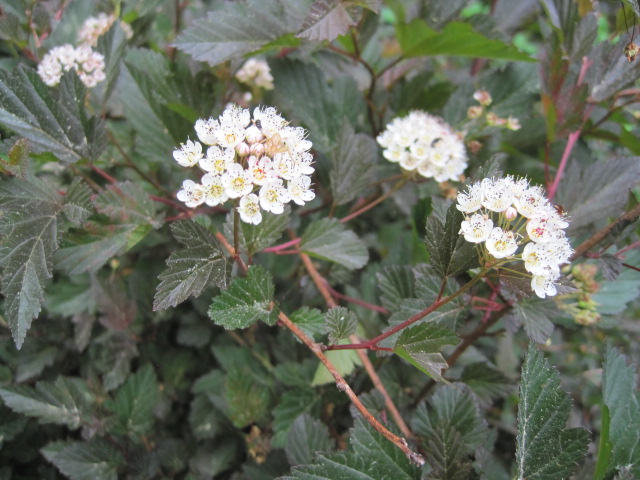
- Physocarpus ‘Summer Wine’ has deeply cut, dark maroon leaves and grows 5-6 feet tall and wide. Also called ninebark, in summer it has clusters of pinkish-white flowers. It is very hardy and grows in a wide range of conditions but the more sun it gets, the darker the leaf color will be.
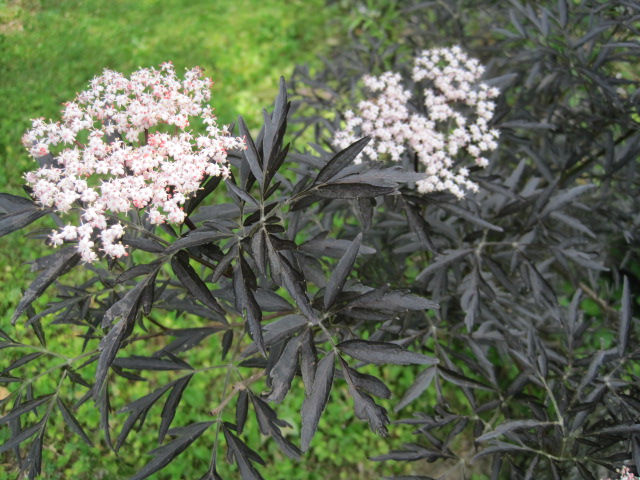
- Sambucus: Not your grandmother’s elderberry, there are new cultivars with rich, dark foliage such as ‘Black Beauty’ or ‘Black Lace’. Their pale pink flowers contrast nicely with the dark leaves. They can grow to be 8-10 feet tall but can be cut back hard to keep them in bounds in a small garden. They prefer part shade for the best foliage color.
- Wiegela ‘Midnight Wine’ has deep purple foliage with a metallic sheen that does not fade in the summer sun. It can take some light shade and will still bloom prolifically in early summer with dark pink flowers that contrast nicely with the dark leaves. It is a small shrub growing about 30 inches tall and wide.
Come over to the dark side and turn up the drama in your garden.
